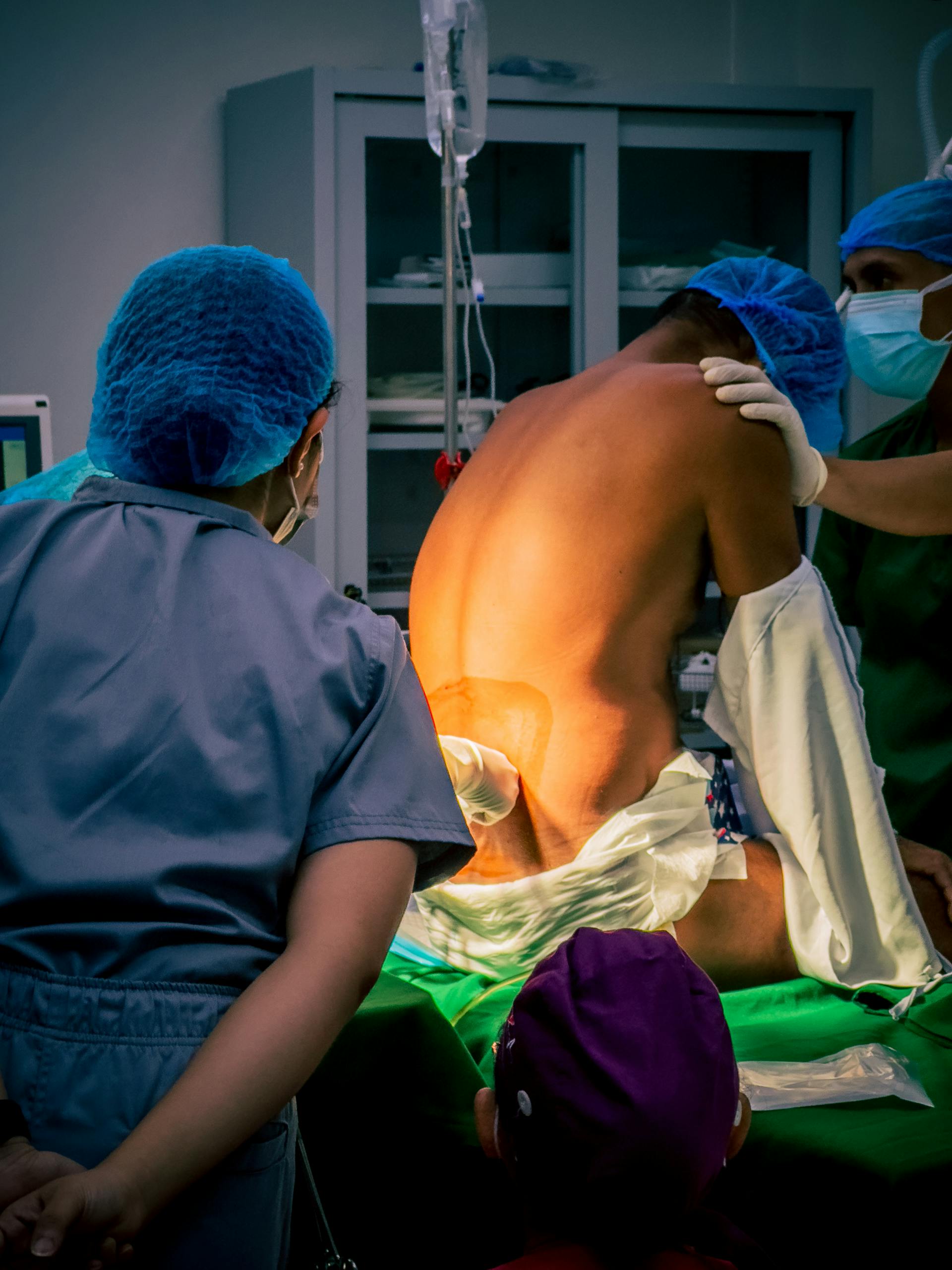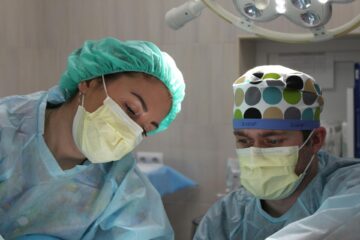Source: pexels
Recently, a 16-year-old patient came to see us with complaints of constant back pain. Apparently, the patient had been suffering from this excruciating pain for months. At first, it was just an ache, but slowly his legs began to feel weak. Walking to school became exhausting, and even standing for a short while made his legs feel heavy.
The Cause Of The Pain
During our initial evaluation, it was clear that the patient’s symptoms were more than simple muscle strain or postural issues. Weakness affecting both legs, combined with persistent back pain, raised the possibility of a spinal cord or nerve problem.
We recommended an MRI scan of the spine to get a detailed view of the spinal cord, vertebrae, and surrounding structures.
The MRI revealed multiple small tumors inside the spinal canal. Two of them were significantly large and were pressing on the spinal cord. This compression explained the weakness, heaviness, and fatigue in his legs.
Further evaluation linked these tumors to Neurofibromatosis Type 2 (NF2). It’s a rare genetic disorder that causes non-cancerous tumors to form along the brain and spinal cord. While these tumors are benign, they can cause severe neurological problems if they press on nerves or the spinal cord.
In this patient’s case, the spinal cord compression explained not only his weakness but also the heaviness and fatigue in his legs. If we didn’t act soon, the damage could be permanent.
The Surgery
We discussed the treatment options with the patient and his family. Together, we decided to remove the two biggest tumors that were causing the most trouble.
The surgery needed to be precise and careful. The spinal cord is delicate, and even a small injury can cause lasting harm to a person.
Because the patient was still young and his spine was still growing, we needed to preserve spinal stability. Instead of a Laminectomy (which removes part of the vertebral bone permanently), we chose a Laminoplasty, a procedure that opens and repositions the bone to relieve pressure but maintains spinal structure.
The surgery was performed using microsurgical techniques under intraoperative neuromonitoring, a technology that allows us to track spinal cord function in real-time, ensuring that no damage occurs during tumor removal.
On the day of surgery, the patient was placed under general anesthesia. After positioning and preparation, a small incision was made over the affected portion of the spine.
The laminoplasty technique was used to carefully open the spinal canal without removing the supporting bone entirely. Under high magnification, we identified the tumors compressing the spinal cord. Each tumor was dissected free from surrounding tissue with extreme precision to avoid injury to the nerves.
The two largest tumors were removed completely. The bone was then repositioned and secured, preserving spinal alignment and stability. The wound was closed in layers. The surgery was completed without complications, and the spinal cord was visibly decompressed.
Life After Surgery
The patient still has a small, harmless tumor in his brain related to NF2, but it’s not causing any problems and we are keeping a close watch on it. He comes in for regular check-ups and MRI scans, and he’s now able to walk freely without any support.
What We Can Learn From This Case:
- Early attention matters – Persistent back pain in young individuals should never be ignored, especially when accompanied by weakness or numbness.
- MRI scans save lives – Imaging can reveal underlying problems that may not be obvious in physical examination alone.
- Precision surgery can change outcomes – Advanced microsurgical techniques with neuromonitoring allow safe removal of delicate spinal tumors.
- Ongoing care is vital – Conditions like NF2 require lifelong follow-up to monitor for new or recurring growths.
Conclusion
This case is a testament to how timely intervention and advanced surgical techniques can transform a young patient’s life. From struggling to walk to regaining full independence, the patient’s journey highlights the importance of listening to symptoms, seeking early diagnosis, and pursuing the right treatment without delay.
While NF2 will require lifelong monitoring, the outcome so far has been excellent, and the patient can look forward to living a normal, active life. One that is free from the pain and weakness that once held him back.


